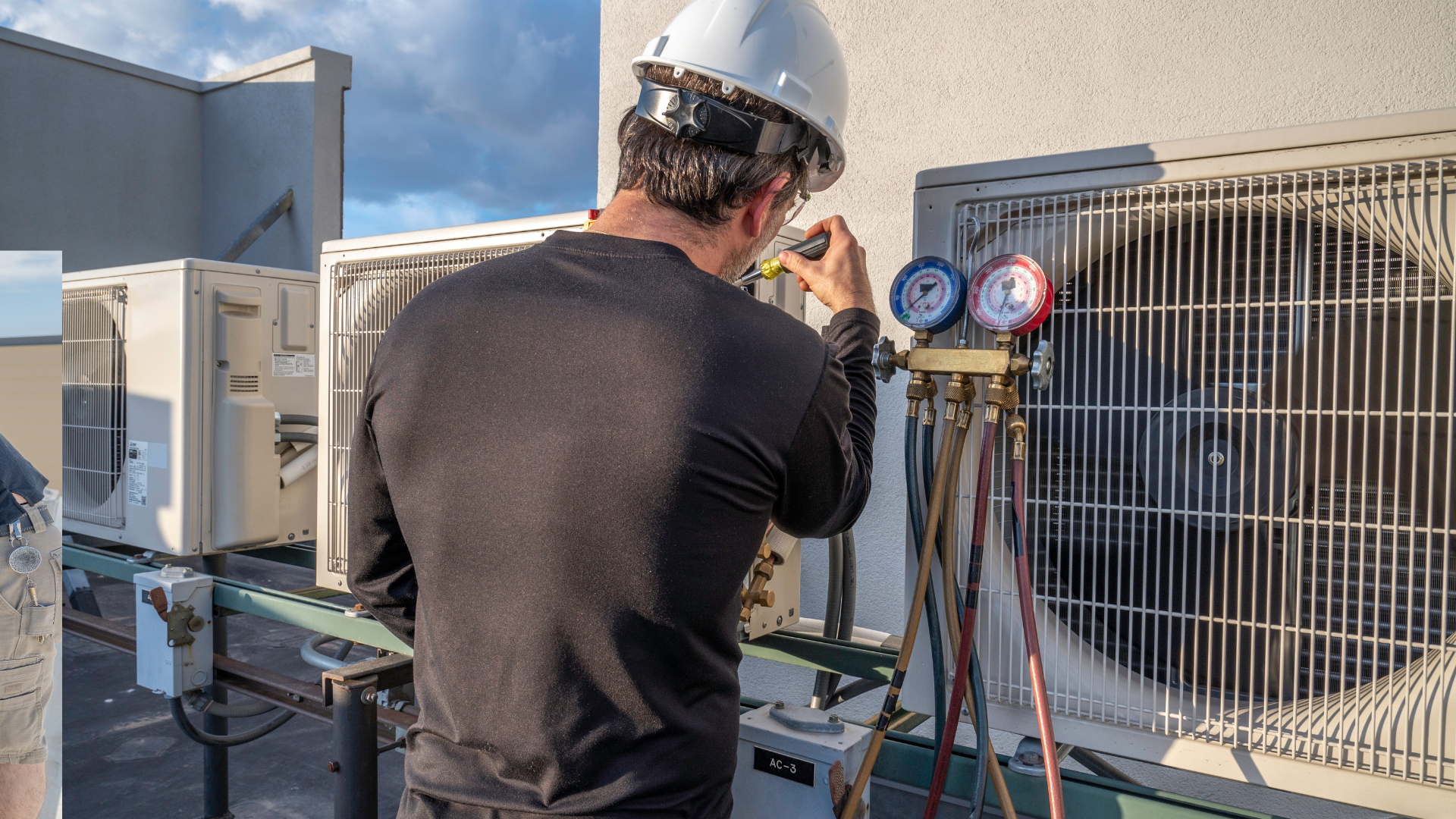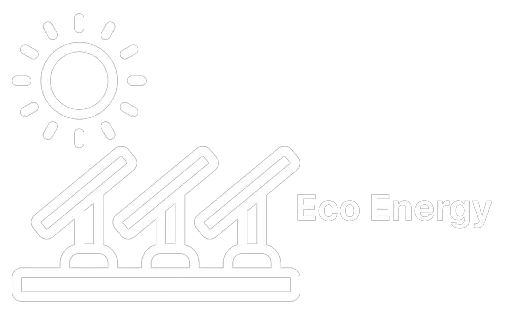10 Proven Ways to Reduce Utility Costs in Commercial Buildings

Utility costs are one of the largest ongoing expenses for commercial building owners and facility managers. Between heating, cooling, lighting, and water use, energy inefficiency can silently drain thousands of dollars from a business each year.
In Minnesota, where long winters and humid summers strain HVAC systems, managing energy effectively is even more critical. The good news? There are proven strategies that reduce costs, improve efficiency, and create a more comfortable, sustainable environment for occupants.
Here are 10 practical and results-driven ways to lower your commercial utility bills without sacrificing comfort or performance.
1. Conduct a Professional Energy Audit
The foundation of every cost-saving strategy starts with understanding where and how your building uses energy. An energy audit identifies inefficiencies, pinpoints waste, and recommends improvements with measurable ROI.
Audits typically evaluate:
- HVAC performance and control settings
- Lighting systems and occupancy patterns
- Water usage and heating
- Insulation and air leakage
- Utility billing and rate structure
Energy audits also help Minnesota businesses comply with city benchmarking ordinances in Minneapolis and St. Paul. Many utilities, including Xcel Energy, offer rebates to cover part of the audit cost.
Commercial Energy Audit Services – Eco Energy Solutions MN LLC
2. Optimize HVAC Systems
Heating and cooling account for 40% or more of a building’s total energy use. Improving HVAC efficiency delivers immediate savings.
Best practices include:
- Installing
smart thermostats or
building automation systems (BAS) to automatically adjust temperatures based on occupancy.
- Implementing
demand-controlled ventilation to modulate airflow when spaces are empty.
- Performing
regular maintenance—cleaning coils, replacing filters, and calibrating controls.
- Upgrading to
high-efficiency boilers, chillers, or rooftop units.
- Adding
heat recovery systems to reuse waste heat in winter.
Studies show advanced HVAC controls and maintenance can reduce consumption by
10–25% in commercial buildings.
(DOE Commercial HVAC Study – energy.gov)
3. Switch to LED Lighting
Lighting retrofits are one of the fastest and most cost-effective ways to save energy. LEDs use up to 75% less energy than fluorescent bulbs and last significantly longer.
Upgrade options include:
- LED ceiling and task lights for offices
- Occupancy sensors in restrooms and storage areas
- Daylight harvesting systems that adjust output based on natural light
- Exterior LED fixtures for parking lots and walkways
With utility rebates from programs like Xcel Energy’s Lighting Efficiency Program, lighting projects often pay back in under two years.
4. Improve Building Insulation and Sealing
A poorly insulated or leaky building forces HVAC systems to work harder, driving up energy costs.
Cost-saving upgrades include:
- Air sealing around windows, doors, and vents
- Adding insulation in walls, attics, and crawl spaces
- Installing energy-efficient windows with low-emissivity (low-E) coatings
- Upgrading roofs with reflective or insulated materials
These measures reduce heating and cooling loads, lower utility bills, and improve occupant comfort year-round.
5. Implement Utility Management Services
Utility management goes beyond bill payment—it’s about gaining insight and control over consumption.
Benefits include:
- Bill auditing to detect and correct overcharges
- Consumption tracking to spot unusual spikes
- Benchmarking to measure performance against peers
- Forecasting to anticipate seasonal cost changes
By using advanced software and analytics, businesses can identify hidden waste and adjust operations accordingly.
Utility Management Services – Eco Energy Solutions MN LLC
6. Participate in Demand Response Programs
Minnesota utilities offer demand response (DR) programs that reward businesses for temporarily reducing electricity use during peak demand periods.
Participating can lead to:
- Lower demand charges on utility bills
- Incentive payments for verified load reduction
- Greater grid stability during extreme weather events
Businesses can participate by adjusting HVAC setpoints, dimming lighting, or shifting production schedules. Automated BAS systems make DR participation seamless.
7. Upgrade to Energy-Efficient Equipment
Inefficient office equipment, kitchen appliances, and industrial systems waste both energy and money.
Look for ENERGY STAR-certified models when replacing:
- Commercial refrigerators and freezers
- Water heaters and dishwashers
- Office printers, copiers, and monitors
- Industrial motors and pumps
Energy-efficient equipment typically uses 10–30% less power, reducing both utility and maintenance costs.
8. Manage Water Consumption
Water efficiency reduces both water and energy bills—especially in facilities that use hot water for cleaning, food service, or manufacturing.
Simple measures include:
- Installing
low-flow faucets and toilets
- Upgrading to
efficient pre-rinse spray valves in kitchens
- Repairing leaks quickly
- Insulating hot water pipes to prevent heat loss
- Adding
smart irrigation systems for landscaping
A water efficiency audit can reveal surprising opportunities for savings.
9. Train Occupants and Staff
Human behavior has a huge impact on energy performance. Encourage employees and tenants to adopt energy-conscious habits such as:
- Turning off lights and equipment when not in use
- Adjusting thermostats before leaving for the day
- Closing blinds to reduce heat gain in summer and heat loss in winter
- Reporting maintenance issues like leaks or faulty thermostats
Engaging staff through regular communication and incentives builds a culture of efficiency that supports long-term results.
10. Leverage Utility Rebates and Incentives
Minnesota utilities provide some of the most comprehensive efficiency programs in the Midwest. Businesses that plan upgrades strategically can receive significant financial support.
Available rebates include:
- Xcel Energy: Lighting, HVAC, refrigeration, and custom efficiency projects
- CenterPoint Energy: High-efficiency boilers, furnaces, and water heating systems
- Minnesota Energy Resources: Natural gas efficiency and heating equipment incentives
These rebates can
cut project costs by 20–40%, accelerating return on investment.
Long-Term Benefits of Reducing Utility Costs
Investing in energy efficiency and utility management pays off far beyond monthly savings.
Key benefits include:
- Lower operating costs and improved profit margins
- Increased property value and tenant appeal
- Compliance with Minnesota benchmarking ordinances
- Enhanced sustainability and public image
- Reduced equipment wear and maintenance costs
FAQs About Reducing Utility Costs in Commercial Buildings
Q1: How much can commercial buildings save through efficiency improvements?
Savings typically range between
15–30%, depending on building size, condition, and implemented measures.
Q2: Are upgrades disruptive to business operations?
Most projects, such as lighting retrofits or HVAC tune-ups, can be completed during off-hours to minimize disruption.
Q3: How long does it take to see ROI?
Many efficiency improvements, especially lighting and controls, pay for themselves within
1–3 years.
Q4: Are there compliance requirements in Minnesota?
Yes. Cities like Minneapolis and St. Paul require benchmarking for large commercial properties, making energy tracking essential.
Q5: Can small businesses benefit too?
Absolutely. Small offices, retail stores, and restaurants often see some of the highest returns from basic upgrades and staff training.
Why Work With Eco Energy Solutions MN LLC
At Eco Energy Solutions MN LLC, we help Minnesota businesses lower utility costs through practical, data-driven strategies. Our services include:
- Energy audits and benchmarking
- HVAC and BAS optimization
- Utility management and bill analysis
- Water and lighting efficiency upgrades
- Rebate and incentive assistance
We focus on measurable results that reduce costs, boost comfort, and support sustainable operations.
Take the Next Step
If you’re ready to take control of your energy expenses, start implementing these 10 proven ways to reduce utility costs today.
Call Eco Energy Solutions MN LLC for a professional energy audit or schedule a consultation online.
Serving businesses throughout Minneapolis, St. Paul, New Hope, and surrounding Minnesota communities.



